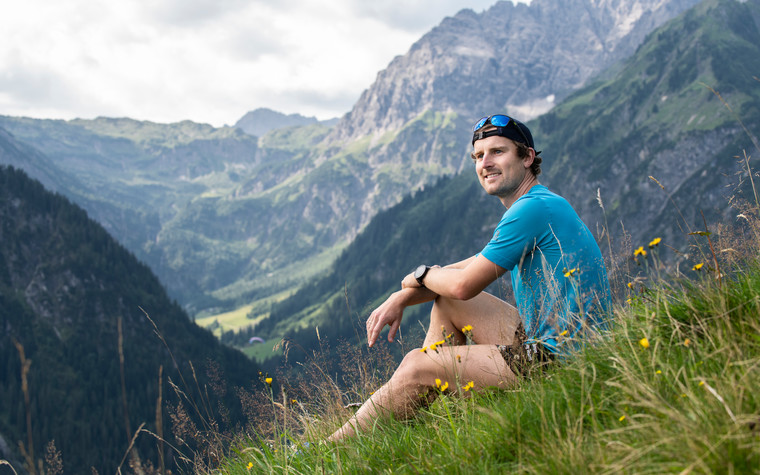

TIRED LEGS. FIT AGAIN - regeneration for trail runners (and hikers)
The summit is in sight. Once again, you'll have to activate your last sources, because it's almost done. At this moment you neglect he fact that your legs are heavy, your lungs burn and the pulse hammers in your ears. The fact that you must go back down and that you have more tours planned for the next few days is just as important. The body wants a break. But the mind wants to go higher, to do more tours. After all, you're here to run mountains. A good regeneration is not so difficult, if you pay attention to a few things. Here are five tips for BEFORE, DURING and AFTER running. This is how mountain adventures become success stories for body, mind and soul.
Try our 7-minute yoga quickie for stability, mobilization and mobility for trail runners and hikers. For every day or dynamically executed also regenerating after running. (german language)
Give your body a break sooner rather than later and make it slightly active. For example, with a regenerative hike by the water or a day at the day spa with low-intensity swimming.Also great: cool your legs after a run. For example, dangle your feet in the water at one of the kneipp pools in Kleinwalsertal.
Daniel also sees sleep as a more important tool for amateur athletes than massage guns or other equipment. After all, too little or poor sleep means stress for the body It is therefore even the most important factor for a good regeneration. In these hours, the body can do everything it didn't have time for during the day.








Share page...
...and tell others